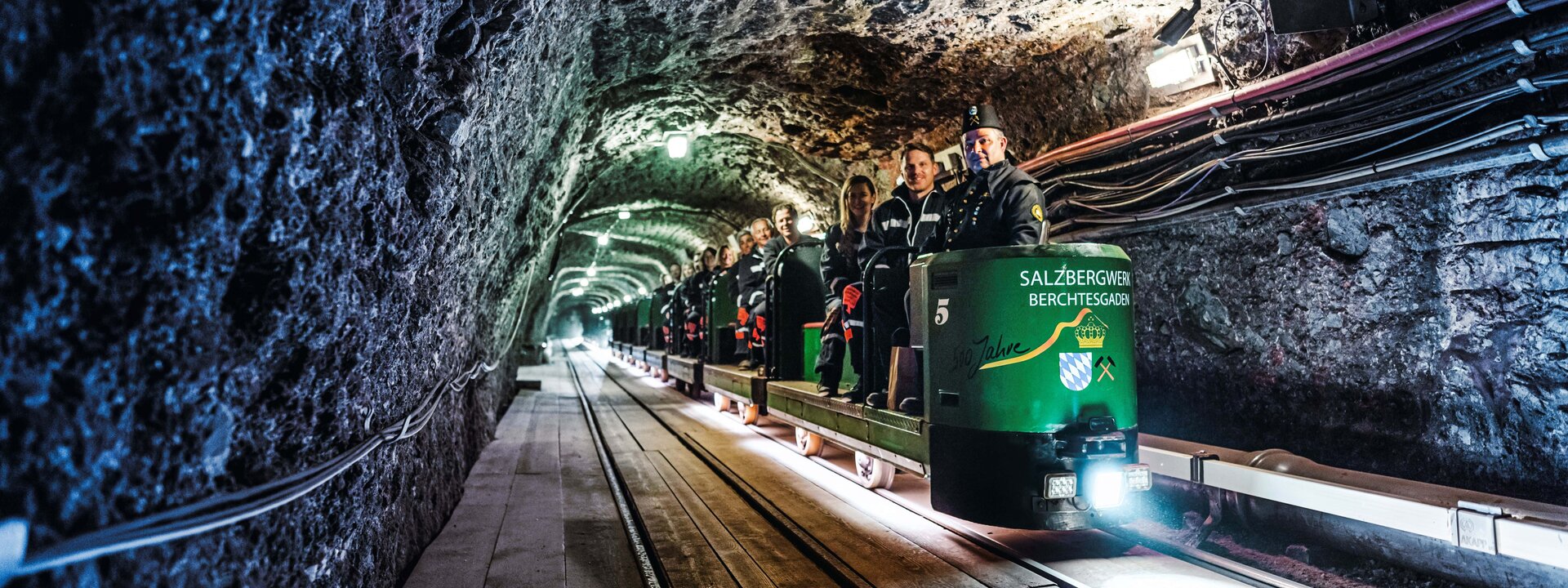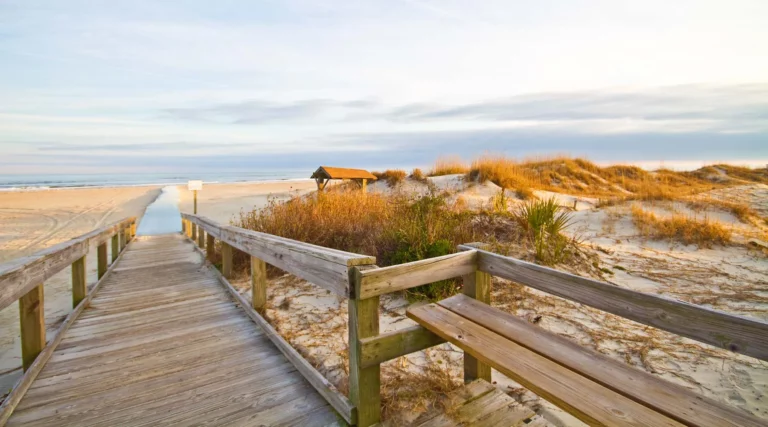Salt Mine Tours in Poland Discovering Hidden Underground Gems
Poland is full of surprises. Sure, people rave about Kraków’s old town, Warsaw’s urban revival, and the dreamy Tatra Mountains. But what if you were told that some of Poland’s most jaw-dropping destinations are buried deep underground, literally?
Welcome to the world of salt mine tours in Poland. You might’ve heard of Wieliczka, the superstar of salt mines, but Poland’s underground story doesn’t end there. Several hidden gem salt mines offer not only a walk through history, but also a chance to experience something truly unique: salt chapels, underground lakes, tunnels that stretch for miles, and yes, even underground sleepovers.
This isn’t just about geology or mining, it’s about entering another world.
Bochnia Salt Mine: The Oldest Salt Mine in Poland
If Wieliczka is the polished celebrity, Bochnia Salt Mine is the underrated indie legend. Founded in 1248, this mine holds the title of Poland’s oldest salt mine and is listed as a UNESCO World Heritage Site (yep, along with Wieliczka, they come as a dynamic duo).
What makes Bochnia stand out?
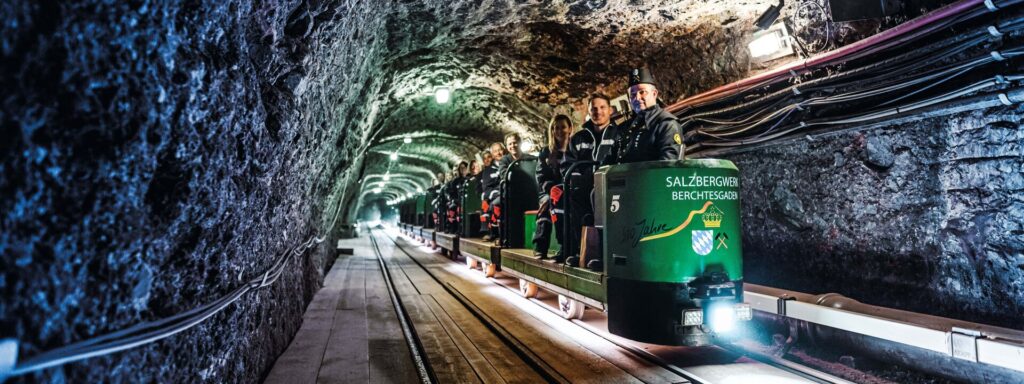
First off, you don’t just walk into Bochnia. You ride in like a miner from the surface down into the depths on a real mining train that takes you through narrow tunnels. It’s dark, echoey, and ridiculously atmospheric. The mine combines historical displays with interactive exhibits, voice-over narratives, and even underground multimedia shows.
But the real cherry on top? You can spend the night underground. Yup, there’s a designated chamber where guests can sleep in sleeping bags, surrounded by salt walls and the natural microclimate of the mine. Imagine waking up 250 meters below the Earth, feeling like you’re in a post-apocalyptic spa retreat.
Kłodawa Salt Mine: The Deepest and Still Operational

While Bochnia and Wieliczka are mostly heritage and tourism sites, the Kłodawa Salt Mine is still in operation. This means the experience is even more authentic; you’re not just walking through history, you’re walking through a place that’s actively carving out the future.
Located in central Poland, Kłodawa descends 600 meters below the surface. Visitors are equipped with helmets and escorted by real miners. It feels more industrial, more raw, and less “museum-like” than others. Which, honestly, makes it even cooler.
The salt here is pink and white, naturally occurring, and incredibly beautiful under the mine’s lighting. There are also massive machinery rooms, elevators that plunge deep into the Earth, and tunnels that stretch so far, you’d swear you’re in a sci-fi movie set.
Wieliczka Salt Mine: The Famous Sister Worth Visiting
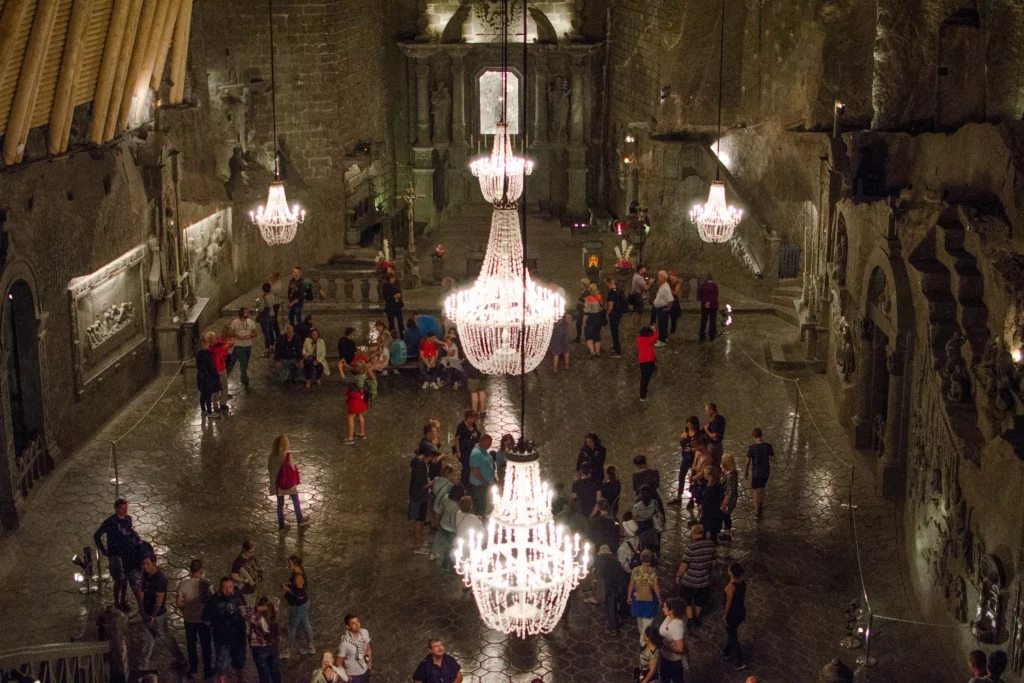
No salt mine article would be complete without at least tipping the miner’s helmet to Wieliczka. It might be the most famous, but there are good reasons why it still deserves a visit.
This mine is straight-up majestic. Think cathedrals made entirely of salt, chandeliers carved from salt crystals, underground lakes, and chapels where people still get married. It’s dramatic, it’s cinematic, and it’s tourist-friendly with guided tours, gift shops, and even elevators for those who prefer not to climb hundreds of stairs.
Wieliczka may not be the hidden gem on this list, but it’s an important part of the bigger story. Plus, it pairs perfectly with a trip to nearby Kraków.
Other Underrated Salt Mines in Poland
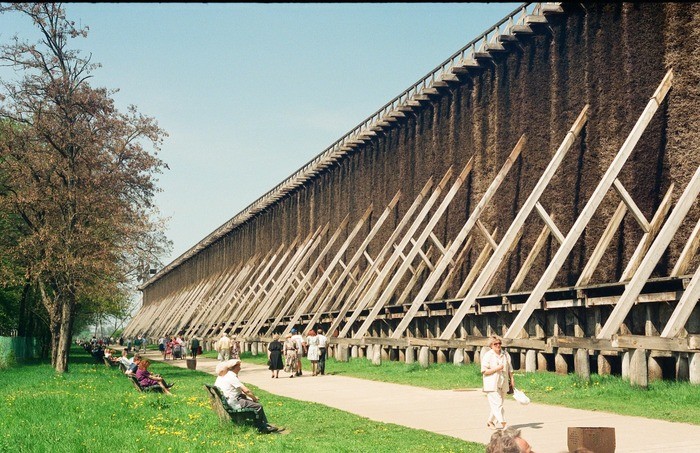
Poland doesn’t stop impressing with just the big three. There are a few smaller or lesser-known salt-related experiences that are worth checking out, especially if you’re the type who loves going off the beaten path.
- Inowrocław Saltworks Park: Not a mine, but an open-air graduation tower experience with a health-focused twist. Great for families and low-key adventurers.
- Ciechocinek: Another spa town with salt-based health resorts, known for its giant wooden graduation towers.
- Salt caves in health resorts: Many towns across Poland feature modern salt caves designed for halotherapy (breathing salty air). While not historical, they provide a relaxing alternative.
These experiences might not involve hard hats and deep descents, but they reflect Poland’s long relationship with salt as a source of wellness and wealth.
Tips for Exploring Poland’s Salt Mines
- Book in advance, especially in summer or on weekends.
- Wear comfortable shoes. Some mines require a lot of walking or stair climbing.
- Bring a light jacket. Underground temperatures stay cool year-round.
- Don’t skip the guided tours. The stories, legends, and history bring the mines to life.
- Be prepared for limited accessibility in some older mines (Wieliczka is more tourist-friendly than Bochnia or Kłodawa).
Why These Salt Mines Are Hidden Gems
In a world of crowded landmarks and Instagram-fueled itineraries, these salt mine tours offer something refreshingly different in depth (literally and figuratively).
They’re not just places to take cool photos, but immersive experiences that connect geology, history, culture, and even health. Whether you want to feel like an underground explorer, soak in a salty microclimate, or just escape the ordinary, Poland’s salt mines deliver in spades, or in this case, in pickaxes.
So next time you’re planning a European adventure, maybe skip the Eiffel Tower or the Venice gondola ride. Instead, go underground in Poland. There’s a hidden world waiting, and it’s salty in the best way possible.

